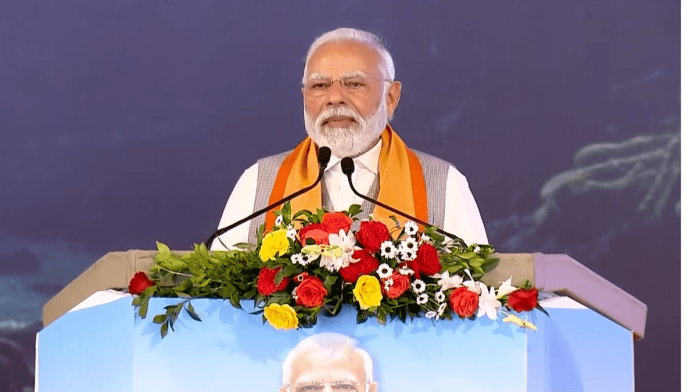The Union Cabinet, chaired by Prime Minister Shri Narendra Modi, has approved the Ministry of Earth Sciences’ overarching program “PRITHvi VIgyan (PRITHVI)” for execution between 2021 and 2026 at a cost of Rs. 4,797 crore.
The program is made up of five ongoing sub-schemes: “Atmosphere & Climate Research-Modelling Observing Systems & Services (ACROSS)” , “Ocean Services, Modelling Application, Resources and Technology (O-SMART)” , “Polar Science and Cryosphere Research (PACER)” , “Seismology and Geosciences (SAGE)” & “Research, Education, Training and Outreach (REACHOUT)”.
The major Objectives of the overarching Prithvi Scheme are:
· Augmentation and sustainance of long-term observations of the atmosphere, ocean, geosphere, cryosphere and solid earth to record the vital signs of the Earth System and change
· Development of modelling systems for understanding and predicting weather, ocean and climate hazards and understanding the science of climate change
· Exploration polar and high seas regions of the Earth towards discovery of new phenomena and resources;
· Development of technology for exploration and sustainable harnessing of oceanic resources for societal applications
· Translation of knowledge and insights from Earth systems science into services for societal, environmental and economic benefit.
The Ministry of Earth Sciences (MoES) is responsible for translating science into services for society, providing services in weather, climate, ocean and coastal state, hydrology, seismology, and natural hazards.
It also explores and harnesses marine and non-living resources for sustainable use in the country. MoES’ services include weather forecasts, warnings for natural disasters, tsunami alerts, and earthquake monitoring. These services are used by various agencies and state governments to save lives and minimize property damage.
The MoES’s research and development activities are carried out by ten institutes, including the India Meteorological Department, National Centre for Medium Range Weather Forecasting, Centre for Marine Living Resources and Ecology, National Centre for Coastal Research, National Centre for Seismology, National Institute of Ocean Technology, Indian National Centre for Ocean Information Service, National Centre for Polar and Ocean Research, Indian Institute of Tropical Meteorology, and National Centre for Earth Science Studies. A fleet of oceanographic and coastal research vessels supports the scheme.
Earth System Sciences deals with all five components of the earth system: atmosphere, hydrosphere, geosphere, cryosphere, and biosphere. The PRITHVI scheme aims to holistically address these components and provide reliable services for the country.
The PRITHVI Vigyan scheme enables the development of integrated multi-disciplinary earth science research and innovative programs across different MoES institutes, addressing the challenges of weather and climate, ocean, cryosphere, seismological science, and services, and exploring living and non-living resources for sustainable harnessing.
Stay Update with FELA NEWS!





